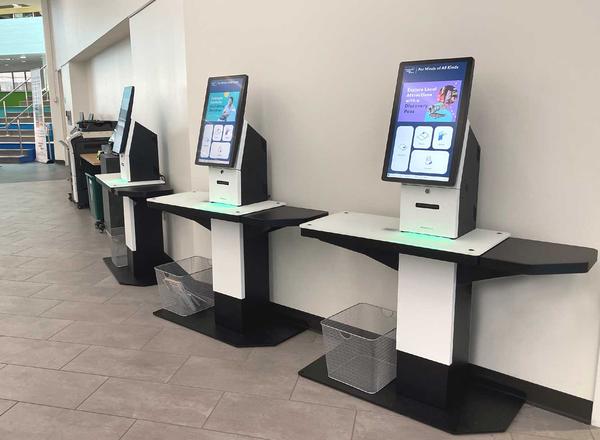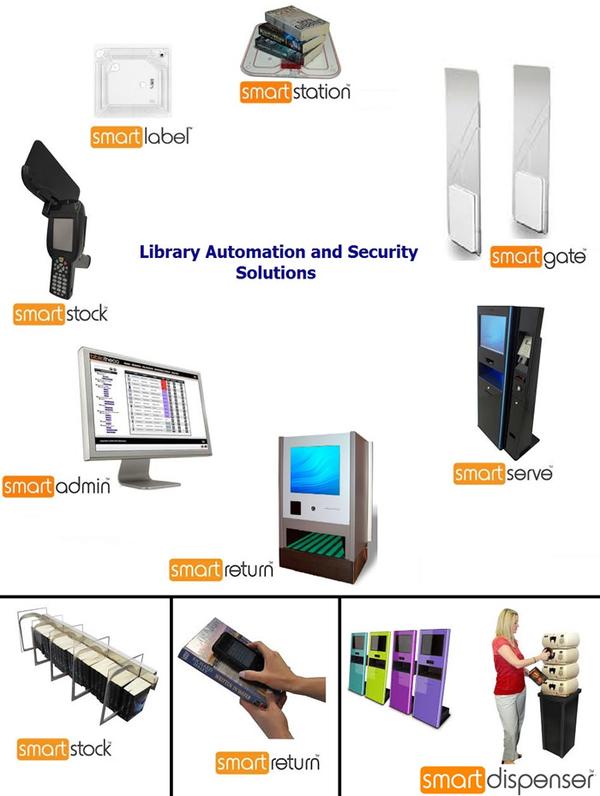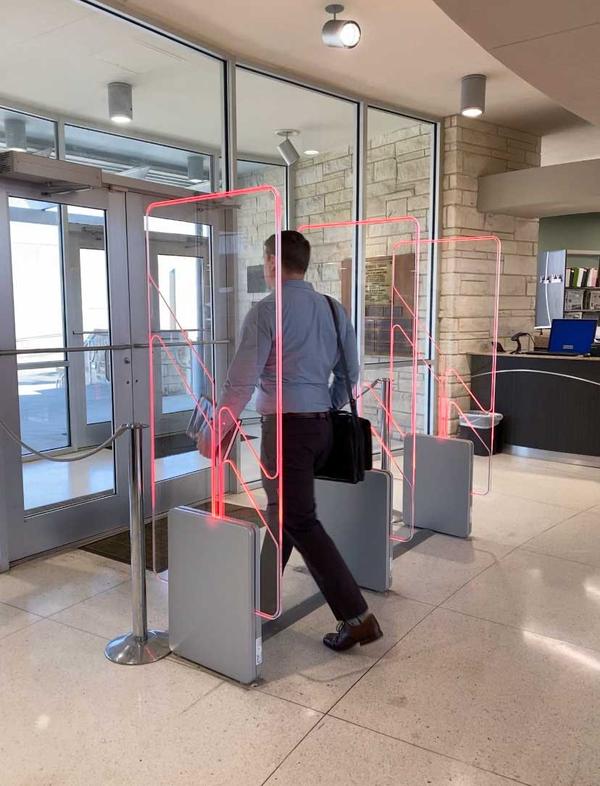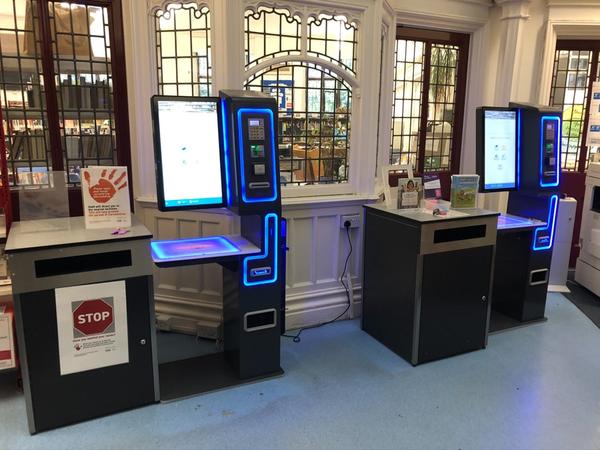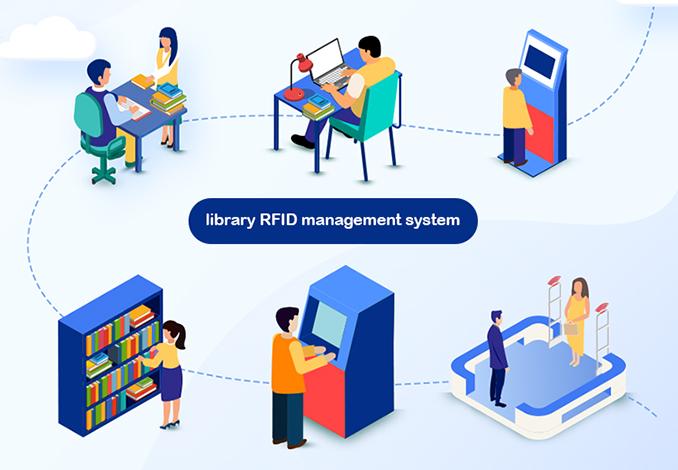Radio Frequency Identification (RFID) tags are small electronic devices used in libraries to uniquely identify and track books and other media. Each RFID tag contains a microchip and an antenna, allowing it to store information (like a book’s unique ID) and communicate with RFID readers via radio waves. In a library setting, RFID tags are typically embedded in or affixed to books, DVDs, or other materials. These tags facilitate automated check-in/check-out, inventory management, anti-theft security, and real-time tracking of items. Key Features: Non-contact scanning: No need for direct line-of-sight like barcodes. Faster processing: Multiple items can be scanned simultaneously. Durable and discreet: Tags are usually hidden inside book covers or labels. Programmable: Data can be rewritten for reuse or updates.
Send Message
